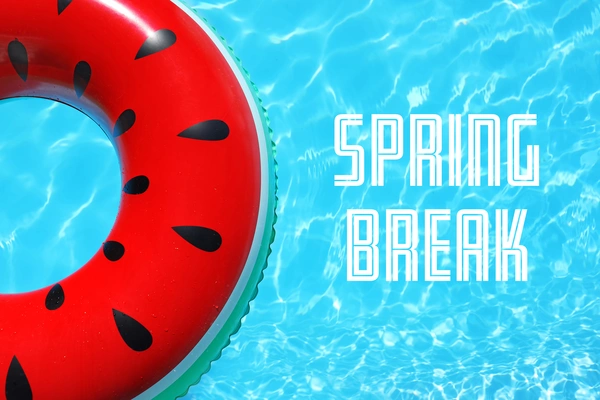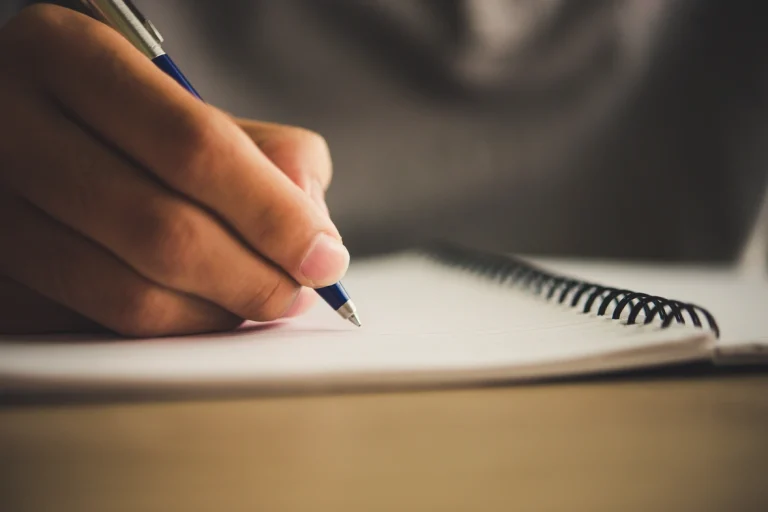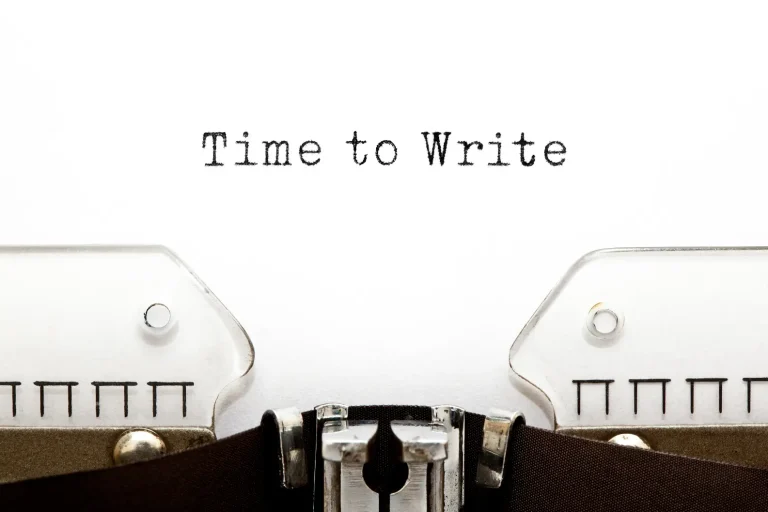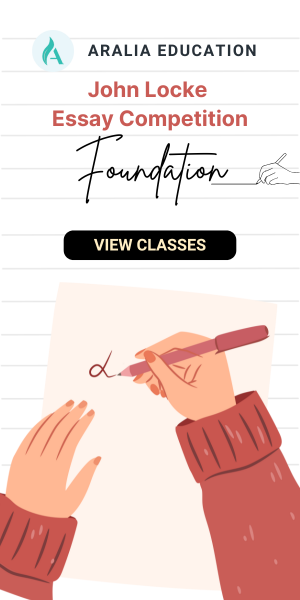For students who are not sure what creative writing is about, creative writing is defined as anything outside of “normal professional, journalistic, academic, or technical forms of literature”. Creative writing is imaginative and outside-of-the-box, where writers can focus on character development, narrative, plot, and structure with their imagination.
Creative writing allows writers to express experiences, emotions, and feelings that readers can relate to and understand why they feel what they feel, allowing for a deeper self-understanding and awareness.
Now that you understand what creative writing is about, let’s move on and see what kinds of mistakes in creative writing new writers normally make.
1. Boring beginning
There are many writing pieces that start off slow then pick up the pace. Like 1Q84 that dedicates a third of the book to describe the character, the situation, and the connections between main characters. If you can get that far into the story, props to you for giving the book a chance. However, in high school, most writing assignments, especially creative writing essays, will have a word limit of 1,000-2,000 words. This means you have to hook the reader right away to get them to keep reading. Whenever you read the opening and are not sure whether it’s the right beginning, take the opportunity to review and rewrite your opening. You should hook readers in from the first sentence.
2. Unrealistic characters
Unrealistic character creation or development happens in many pieces of student fiction. Imagine reading a stereotypical romantic and Cinderella-like novel, where the leading male character born into wealth falls in love with a female character coming from a lower-class background. Prevent yourself from building these kinds of obvious and predictable characters, where readers can sense what will happen to them and their character development. The most impressive characters are the ones that create an emotional bond with the reader throughout the story.
We need to know at all times where the main character is and when the action is happening. Each story needs one current timeline. It’s fine to jump around here and there for flashbacks and an expository backstory, as long as the readers are dying to be filled in with that information because the action created a mystery they want solved. But, beginning writers very often lose the thread and readers can’t keep track of or even guess when anything is happening. Often the actual story ends up being a tiny bit of the whole, with the rest being backstory or expository information. This is very weak writing. A story must be complete, and that’s not possible if there’s only a bit of it floating within the confusion.
3. Story timeline that drags on for an unnecessarily long time
This mistake happens when the writers don’t organize the plot and the story well at the beginning, or are not experienced enough to cherry-pick the best part of the story. Over the course of the creative writing piece, you should have the proper pacing of the story timeline. Remember to add in peaks and troughs, intense action, and slow scenes. Therefore, don’t spend too much time describing the surroundings, like how the moon is bright and the atmosphere is quiet. Those descriptions are quite obvious and shouldn’t be stand-alone sentences. You can always integrate the surroundings while describing the characters’ emotions.
4. Using big words and purple prose in your writing
Another problem high school students encounter when writing creative pieces is they normally use big words and purple prose to fill up the word limit. We see this very frequently in student essays and it’s quite obvious to most readers. Purple prose is “overly embellished language that serves little meaningful purpose in a piece,” such as strings of multisyllabic words, run-on sentences, and blocks of unyielding text. During prior centuries, various books used flowery and complicated prose and readers enjoyed them. People nowadays sometimes still enjoy flowery prose, but generally prefer shorter, simpler and attention-grabbing prose.
An example of purple prose is provided by the Reedsy blog:
The mahogany-haired adolescent girl glanced fleetingly at her rugged paramour, a crystalline sparkle in her eyes as she gazed happily upon his countenance. It was filled with an expression as enigmatic as shadows in the night. She pondered thoughtfully whether it would behoove her to request that she continue to follow him on his noble mission…
And this is not purple prose:
One feels even in the midst of the traffic, or waking at night, Clarissa was positive, a particular hush, or solemnity; an indescribable pause; a suspense (but that might be her heart, affected, they said, by influenza) before Big Ben strikes. There! Out it boomed.
5. Using cliche
Remember phrases people use frequently, so everyone understands the meaning, like “It was a dark and stormy night” to hint at an upcoming negative situation, or “Once upon a time” in fairy tales, or “They lived happily ever after”. Not only creative writing, but for whatever genre you are writing, be aware of cliche and common tropes. New student writers normally make this mistake, but this is an easy mistake to fix. When editing your creative writing, if you see some commonly used words, just delete them and move on. Remember when writing to use original styles of wording that fits your way of writing.
6. Poor dialogue creation
When writing fiction, or any type of creative writing, some authors like to put in lots of written dialogue. It’s a common mistake where many writers make the dialogue sound too literary and unrealistic. Remember to practice the conversation out loud to see whether the flow makes sense and is actually how people would talk. In addition to dialogue that doesn’t sound natural, there are dialogues that sound too natural. The normal conversation includes fillers and repetitions. The key to balance between an overly natural dialogue and polished dialogue is to include just enough fillers with a sprinkling of some poetic words in order to make the conversation flow better and develop the character’s personality and growth.
7. Grammar, punctuation, and spelling mistakes
This doesn’t only apply to creative writing, but also to other writing genres. No matter how fancy your word usage is, if you make lots of grammar and spelling mistakes, no one will spend the time to read and appreciate your work. There are many ways that can help improve your writing, from small things like grammar to big things like sentence structure. Tools like Grammarly and others can help you with surface editing. However, these kinds of AI-assisted editing applications have many flaws since they can’t handle complex grammar or words. Therefore, you should use AI-assisted editing as well as spell and grammar checking, but don’t completely depend on them when editing your essay.
8. Happy-ever-after ending
A happy ever after ending is probably one of the worst things you can do in your creative writing piece. You can probably relate to the feeling when you read a great story, watch a great movie and look forward to reading what will happen at the end, but then the ending was just like “They resolve all conflicts and live happily ever after together”. Stories are about the journey, not the destination. We appreciate a writer that leaves readers hanging by giving them unsolved mysteries or dilemmas, rather than going for a quick closing.
Creative writing is a challenging yet rewarding process, where writers have the opportunity to practice their writing skills and develop themselves into skilled writers filled with creativity and new ideas. We hope that this article helped you identify the kinds of mistakes high school students normally make when writing as well as learning how to avoid them the next time you are writing. For students who are interested in writing classes and want to participate in creative writing competitions, Aralia has a creative writing program called Writing Competition Prep Program, along with other writing programs.
Aralia Writing Courses
This course will focus on three genres: poetry, fiction, and personal narrative. In each 90-minute session, students will complete creative writing exercises, read, short anchor texts, and write their own original work.
Students will learn the nuances of language, including figurative language, effective structuring, and specific forms to apply to their own piece(s). Students will work directly with both literary and media texts to plan and write their piece(s). This class will also help the students write with an aim for an audience as their submission for nation-wide and international writing competitions that are timely with the course schedule.
This course helps students develop and improve their writing skills to prepare students for higher education courses. The methodology emphasizes the ability to read critically, think critically, and write critically. Students will learn informative, narrative, descriptive, creative, and persuasive essay writing skills. Students will learn how to brainstorm, structure and outline, form an argument, defend it, incorporate academic sources, and develop a clear, articulate writing style. The focus will be on the writing process, intended audience, consistent tenses, point of view, correct grammar uses, building vocabulary, appropriate style, and proper research and citation protocols.










